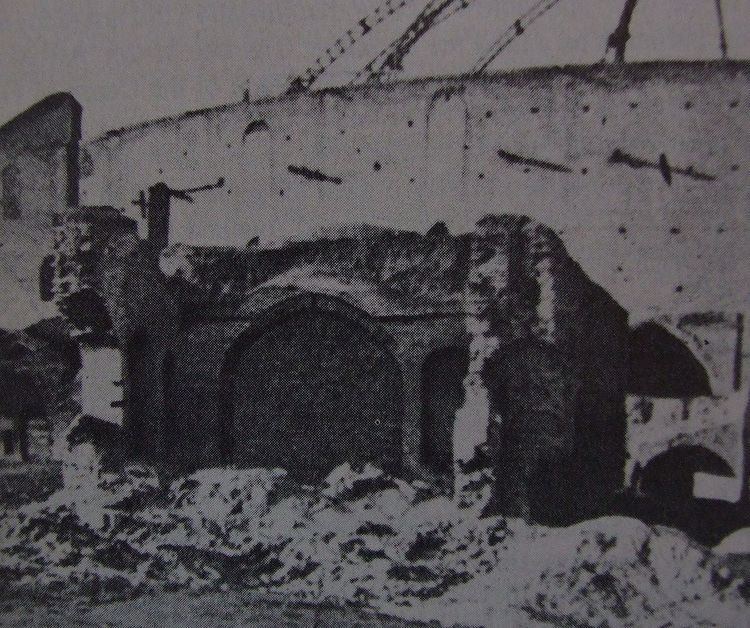 | ||
Síyáh-Chál (Persian: سیاه چال literally "black pit") is the common word in Persian language for "dungeon".
Historically, siyah-chals were used as a harsher form of incarceration. Typically, such dungeons had no windows or outlets, other than the entrance, consisting of a short stairway into the ground.
In Bahá'í history the "Síyáh-Chál" refers to the dungeon south east of the palace of the Sháh and near the Sabzih-Maydán in Tehran where Bahá'u'lláh, founder of the Bahá'í Faith, was in captivity in 1852, together with about 30 other Bábí's if not more. He claimed that here he had a vision of a Maid of Heaven, through whom he received his mission as a Manifestation of God and as the One whose coming the Báb had prophesied. He described his experiences in the Epistle to the Son of the Wolf and Súriy-i-Haykal. It was also the place where he composed his first known tablet, the Rashh-i-'Amá.
In 1868 the dungeon was filled-in and the Tikyíh Dowlat, an opera house, was built over the site. The site was Bahá'í property from 1954 until the Islamic Revolution of 1979. It has been described by Shoghi Effendi as the second holiest Bahá'í site in Iran.
